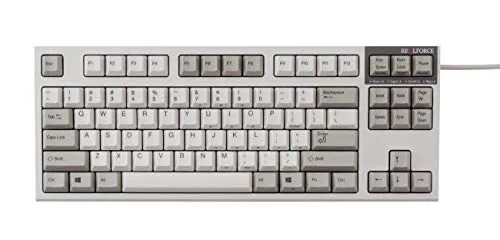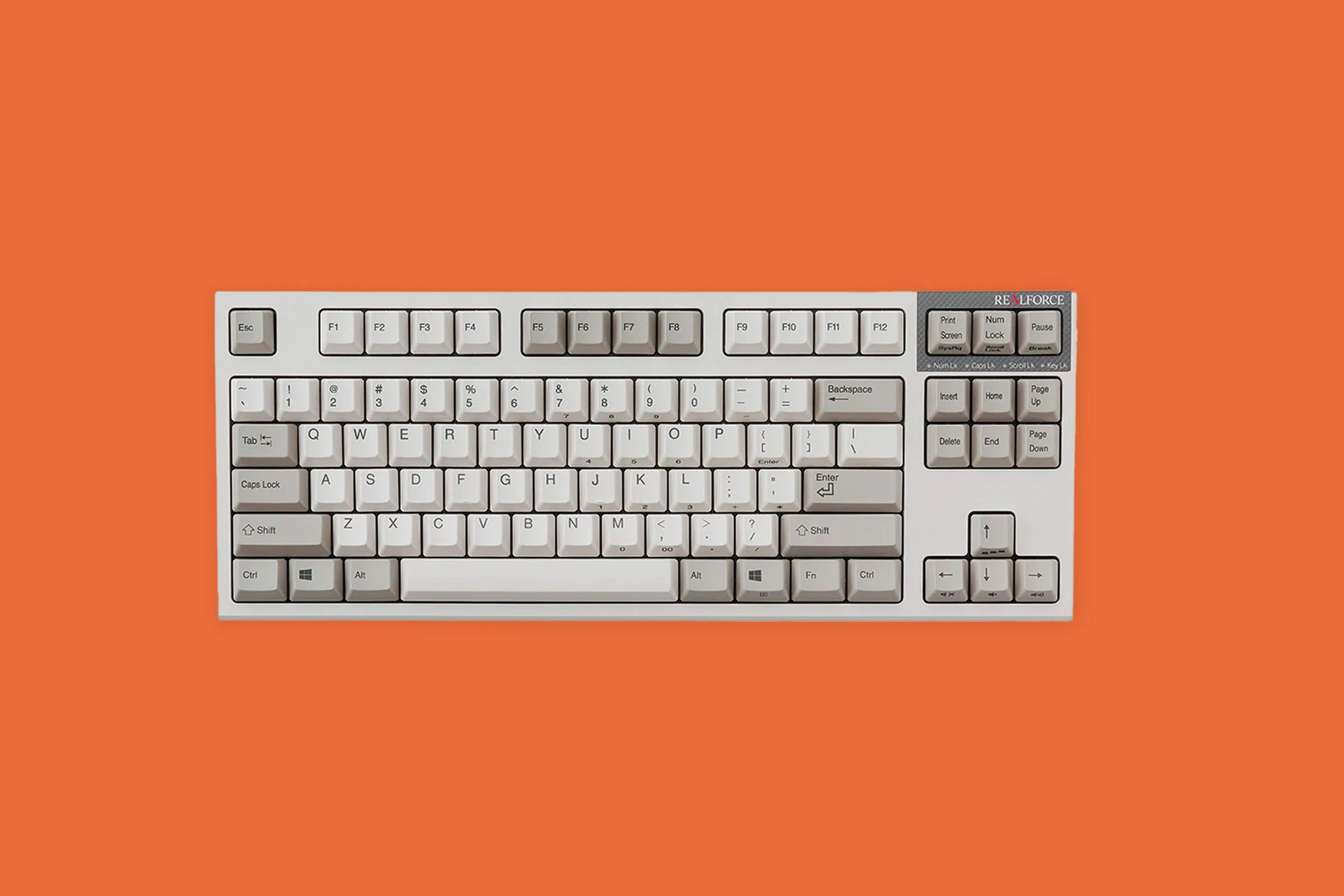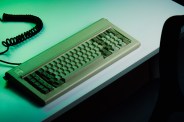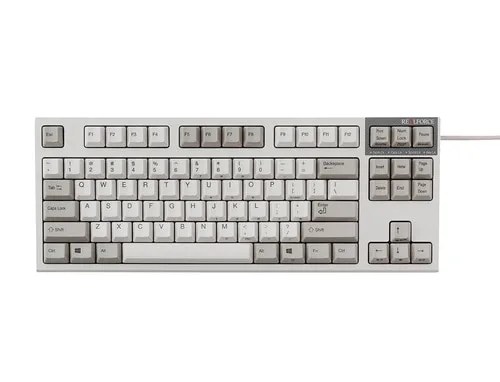I first touched a RealForce keyboard at an electronics shop in Japan and knew instantly that I had made a mistake. I’d come for — and left with — my 6th keyboard: the cheaper, smaller, Japanese-layout Happy Hacker Keyboard I’d accounted for in my budget, and which I love. But those few fleeting keystrokes on my way out the door left me with a forbidden knowledge of exactly what I was missing.
Now, with both ‘boards on my desk, an unthinkable scenario is dawning on me: I think the RealForce R2 might just might be the last keyboard I’ll ever need.
 Amazon
AmazonRealforce R2 Keyboard
The Futijsu RealForce R2 is a popular object of lust among keyboard nerds for a few reasons. First, is the out-of-reach price. Its jaw-dropping $348 pricetag is eye-watering even to fairly experienced typing nerds. Yes, we’ll buy sets of plastic keycaps for $100+, or individual keys for $50 and more. Sure, bespoke ground-up keyboard builds can easily reach into the $300+ range, but in drips and drabs of one part at a time. A RealForce is easy to want, but hard to justify.
Then there’s the mechanics. Unlike traditional mechanical keyboards, which rely on switches make of rigid plastic held in tension by springs, the RealForce uses a proprietary tech called “Topre,” which substitutes plastic bits for rubber domes supported by springs for extra bounce. It’s a combination that, on paper, makes it much more similar to cheap, mushy “membrane” keyboards than its clicky kin. Is it really “mechanical?” Be careful who you ask, unless you’re looking to start a fight.
But ultimately only one thing truly matters: It feels incredible.



